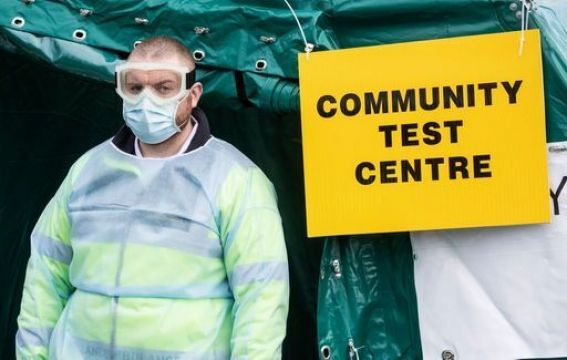The HSE’s lead for Testing and Tracing, Niamh O'Beirne has said the HSE expects to open more walk-in centres around the country based on local public health knowledge.
Speaking on RTÉ radio’s Morning Ireland, Ms O'Beirne explained such centres would open if clusters were to develop because of increased social interactions.
The walk-in centres, which opened in four venues around Dublin and in Tullamore, Co Offaly last week, had carried out tests on over 7,500 with an average positivity rate of 3 per cent, with Tullamore and Grangegorman at 2 per cent, she said.
Of the asymptomatic people tested 41 per cent were in the 25-44 age group and there was a 5 per cent positivity rate in the 15-24 cohort.
Another step being planned by the HSE is a phone line specifically for self-referral for asymptomatic people.
Mass testing
Ms O Beirne said there had been an increase in referral levels for children, but this could be as a result of mass testing once one case was identified in a school. While there was an increase in volume, the positivity rate among children remained low, she said.
Contact tracers were able to identify in 80 per cent of cases the setting where the person contracted the virus, but in 20 per cent of cases it was necessary to spend more time with the person to ask additional questions of where they had been in the previous seven days.
At present there are 830 contact tracers, to which Ms O'Beirn said: “We absolutely have enough”.
Now was the “right time” to extend contact tracing to seven days, she said as numbers were stabilising. “This approach is viable on a downward trajectory.”

The purpose of extending the tracing to seven days was aimed at identifying the source of community transmission and to inform the public, she said, by offering the opportunity to examine a particular location and time and identify other people who should go for testing.
The HSE was following the European Centre for Disease Prevention and Control (ECDC) advice on the definition of a close contact, she added.
Ms O Beirne acknowledged the process was time-consuming, which was why it needed to be done at a time when numbers were lowering.
The number of cases at present was down substantially on earlier in the year and combined with the rollout of the vaccination programme, “this activity will enhance the other work we’re doing,” she said.







